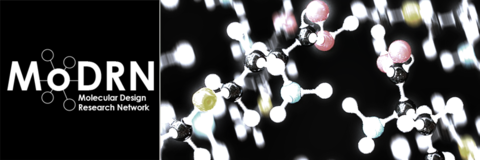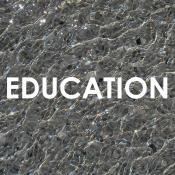Designing Safer Chemicals: Practitioner's Workshop
June 9th, 2015
By Karolina Mellor

Last year we presented a course that outlined strategies for developing property-based design guidelines using various sources of in vitro and in vivo data; demonstrated how these models are relevant to comparative hazard assessment such as GreenScreen; and presented future strategies for secure data-sharing to allow for design of more robust predictive models. This year, we will expand upon the relevant computational approaches used in safer chemical design and predictive modeling, following a case study of novel flame retardants.
This case study will be set in the context of two alternative assessment frameworks – GreenScreen and the National Research Council’s Framework for Selection of Chemical Alternatives. The latter introduces a few new steps to the process, such as preliminary screening based on physicochemical properties and consideration of exposure. It also outlines steps that lead to de novo chemical design where an acceptable alternative is not available. Since filling data gaps and decision making hinges on understanding the uncertainty in the data used, we will discuss strategies for reconciling conflicting data and systematically quantifying uncertainty. Further, this year’s workshop will provide participants with strategies for incorporating the underlying concepts in alternatives assessments into the undergraduate chemistry curriculum.








